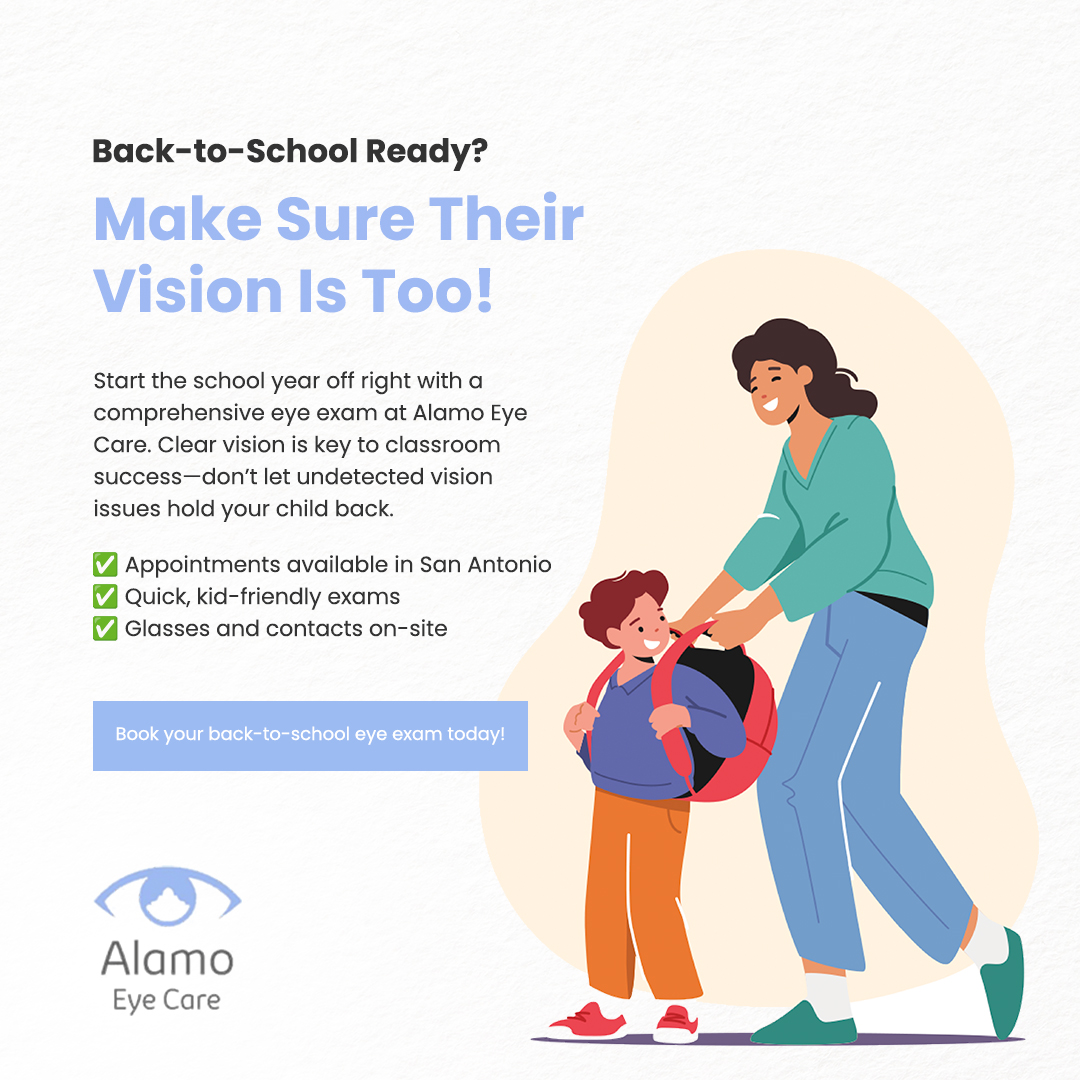Glaucoma Q&A
Did you know that glaucoma is the leading cause of permanent blindness in the world? To ensure that your vision remains intact, schedule a checkup at Alamo Eye Care, located in San Antonio, Texas. Melanie Frogozo, OD, FAAO, FSLS, Swati Kumar, OD, FAAO, and the experienced team can help you identify and treat glaucoma and preserve your vision. To get started, call the office or book an appointment online today.
What is glaucoma?
Glaucoma is an eye condition that damages the optic nerve. Most often, this damage results from pressure on the eye. Typically, high eye pressure is due to fluid buildup inside the eye. Fluid usually flows throughout the eye and drains out via an area of tissue called the trabecular meshwork.
If your body overproduces this fluid, or if your drainage system is malfunctioning, the fluid builds, increasing eye pressure and putting you at risk for glaucoma.
Without treatment, glaucoma can cause blindness. There are two common types of glaucoma: primary open-angle glaucoma and angle-closure glaucoma.
Primary open-angle glaucoma
The more common of the two, primary open-angle glaucoma, develops due to a clogged drain or another mechanism of poor fluid drainage.
Primary open-angle glaucoma starts slowly, and initially, it often causes neither pain nor vision changes. Instead, it gradually damages the optic nerve, only presenting itself once it’s advanced. If you do catch it early, the practice can work to stop further damage.
Angle-closure glaucoma
Also known as narrow-angle glaucoma or closed-angle glaucoma, this type of glaucoma occurs when the iris and the trabecular meshwork are too close together, resulting in a drainage angle block. Typically, they become too close together when the iris bulges.
Sometimes, this blockage occurs suddenly, causing your eye pressure to spike suddenly and bring on an acute glaucoma attack. Symptoms of an acute glaucoma attack include:
Vomiting
Nausea
Headache
Severe eye pain
Suddenly blurry vision
The perception of halos or rainbow-colored rings around lights
Tunnel vision
An attack of acute angle-closure glaucoma is very serious. Without swift treatment, you can go blind. If you believe you’re experiencing this, go to the emergency room right away.
Am I at risk for glaucoma?
Some people have a greater risk of developing glaucoma than others. You may be in this group if you are:
Nearsighted or farsighted
Over 40
A longtime user of prescription steroids
Of Asian, African, or Hispanic descent
You’re also at a higher risk of developing glaucoma if you have:
High blood pressure, diabetes, or poor circulation
Migraines
A past eye injury
High eye pressure
Thin cornea centers
Thinning optic nerves
Oftentimes, glaucoma runs in families.
How do you treat glaucoma?
You can’t typically reverse glaucoma damage, but you can slow or stop it with the help of Alamo Eye Care. Most often, the team prescribes eye drops or schedules you for laser surgery.
Eye drops
Prescription eye drops relieve pressure on the eye. They do so by reducing your eye’s fluid production and/or increasing its fluid drainage.
Laser surgery
During laser eye surgery, the practice may either create a tiny hole to help fluid drain or fix the drainage angle to restore its function.
Whether you’re suffering from symptoms or not, care for your eye health by getting checked for glaucoma today. To set up an appointment with Alamo Eye Care, call the office or book online today.






